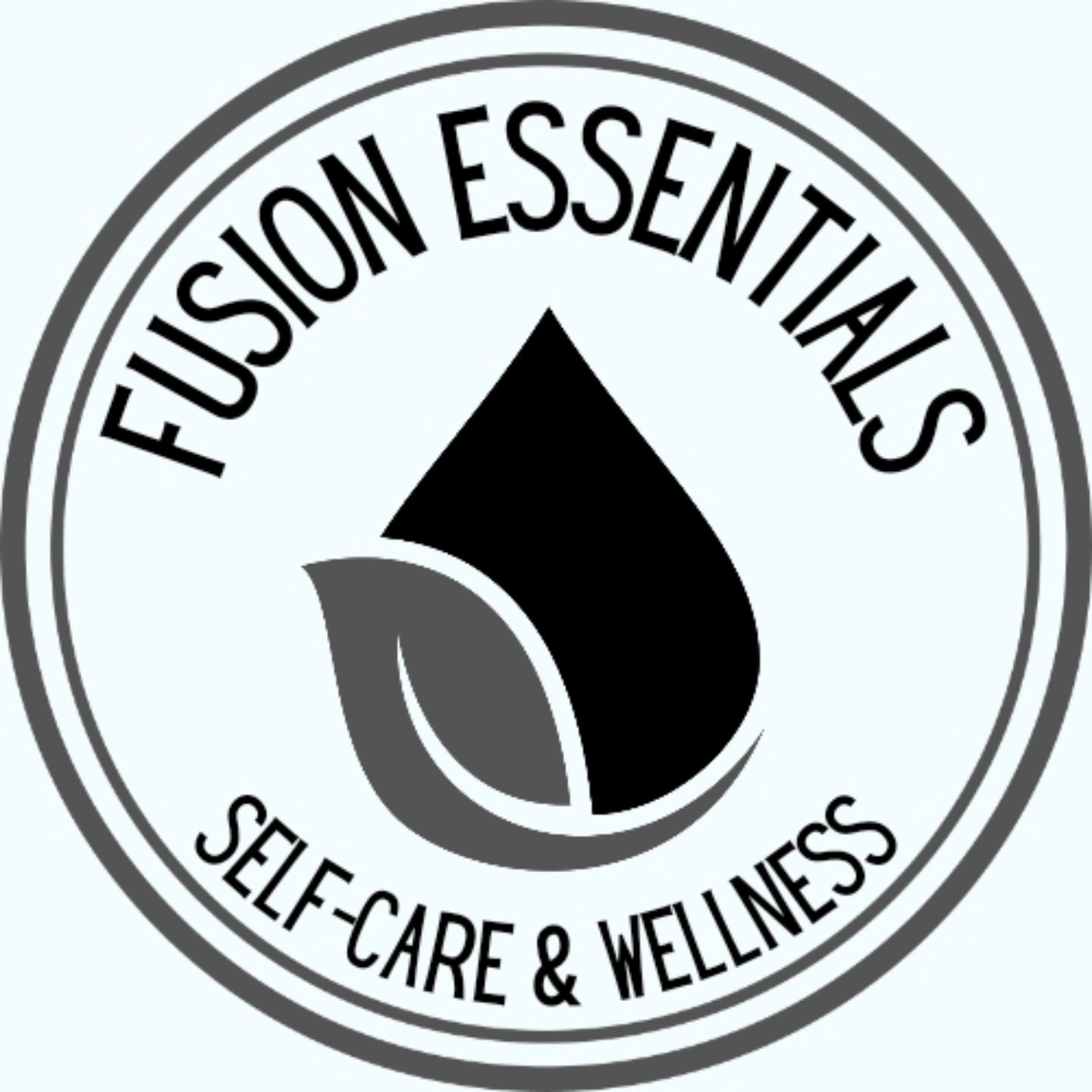Relieving Baker's Cyst Pain with Essential Oils
- Fusion Essentials

- Aug 7
- 4 min read
Baker's cyst, also known as a popliteal cyst, is a fluid-filled swelling that develops behind the knee. It can cause discomfort, stiffness, and pain, especially when bending or extending the knee. While medical treatments are available, many people seek natural remedies to ease their symptoms. Essential oils have gained popularity for their potential to reduce inflammation and relieve pain. This article explores how essential oils can help in managing Baker's cyst pain and offers practical advice on their use.
Understanding Essential Oils for Cyst Pain
Essential oils are concentrated plant extracts known for their therapeutic properties. When used correctly, they can provide relief from various types of pain and inflammation. For Baker's cyst, certain essential oils may help reduce swelling and soothe aching joints.
Some of the most effective essential oils for cyst pain include:
Frankincense carterii oil: Often used for joint pain due to its anti-inflammatory benefits
Wintergreen oil: Contains methyl salicylate, which is chemically similar to aspirin and has pain-relieving and anti-inflammatory effects when applied topically
Cypress Leaf oil: particularly from Cupressus sempervirens, has demonstrated antioxidant activity in various studies according to the National Institutes of Health (NIH)
Turmeric oil: Contains its active compound curcumin, has demonstrated anti-inflammatory and antioxidant effects in various studies.
Aloe vera oil: known for its anti-inflammatory and antimicrobial properties
Ginger oil: Known to improve blood flow and reduce inflammation.
Flax Seed oil: Contains alpha-linolenic acid (ALA), an omega-3 fatty acid known for its anti-inflammatory properties.
To use these oils safely, we dilute them with a carrier oil such as coconut or jojoba oil before applying to the skin. A typical dilution ratio is 3-5 drops of essential oil per tablespoon of carrier oil.
Essential oils can be a natural way to ease joint pain and inflammation.
How to Use Essential Oils Safely for Baker's Cyst Pain
Applying essential oils topically is the most common method for pain relief. Here are some practical steps to follow:
Dilution: We always dilute essential oils blends with a carrier oil to prevent skin irritation.
Patch test: Before full application, test a small amount on your skin to check for allergic reactions.
Massage: Gently massage the diluted oil into the area behind the knee where the cyst is located. This can improve circulation and enhance absorption.
Compress: Soak a clean cloth in warm water mixed with a few drops of essential oil and apply it as a warm compress to the affected area.
Aromatherapy: Inhaling essential oils through a diffuser can also promote relaxation and reduce the perception of pain.
Avoid using essential oils on broken skin or open wounds. If you experience any adverse reactions such as redness, itching, or increased pain, discontinue use immediately.

Using a diffuser can help with relaxation and pain management.
What Flares Up a Baker's Cyst?
Understanding what triggers or worsens a Baker's cyst can help in managing symptoms effectively. Common factors that flare up a Baker's cyst include:
Knee injuries: Trauma or strain to the knee joint can increase fluid production, causing the cyst to enlarge.
Arthritis: Conditions like osteoarthritis or rheumatoid arthritis cause inflammation in the knee, leading to cyst formation.
Overuse: Repetitive bending or heavy physical activity can aggravate the cyst.
Infections: Though rare, infections in the knee joint can worsen swelling and pain.
Obesity: Excess weight puts additional stress on the knee joint, increasing the risk of cyst flare-ups.
Avoiding these triggers and maintaining a healthy lifestyle can reduce the frequency and severity of Baker's cyst pain.

Rest and support can help prevent Baker's cyst flare-ups.
Additional Natural Remedies to Complement Essential Oils
While essential oils can be beneficial, combining them with other natural remedies may enhance pain relief and improve knee function:
Cold and warm compresses: Alternating between cold packs and warm compresses can reduce swelling and ease stiffness.
Gentle exercise: Low-impact activities like swimming or cycling strengthen muscles around the knee without causing strain.
Elevation: Keeping the leg elevated helps reduce fluid buildup.
Weight management: Maintaining a healthy weight reduces pressure on the knee joint.
Turmeric supplements: Known for its anti-inflammatory properties, turmeric may help reduce joint pain.
Always consult with a healthcare professional before starting any new treatment, especially if you have underlying health conditions.
Exploring Professional Aromatherapy for Baker's Cyst Pain
For those interested in a more guided approach, professional aromatherapy sessions can provide personalized treatment plans using essential oils. These sessions often combine massage, inhalation, and topical application tailored to your specific needs.
If you want to explore this option, consider looking into baker's cyst essential oils services. We can help you select the right oils and teach you how to use them safely and effectively.
Incorporating essential oils into your pain management routine can be a gentle and natural way to support your recovery and improve your quality of life.
By understanding the benefits and proper use of essential oils, you can take proactive steps to relieve Baker's cyst pain. Combining these oils with lifestyle changes and professional guidance offers a holistic approach to managing this condition.









Comments